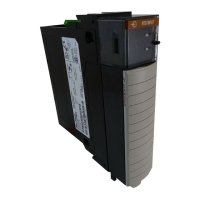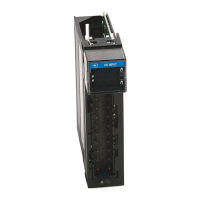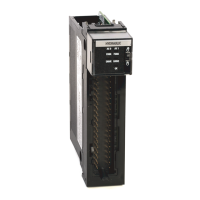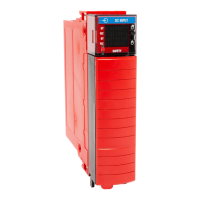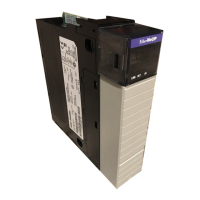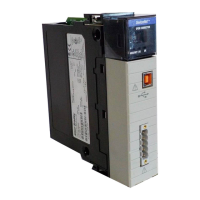Rockwell Automation Publication 1756-UM013B-EN-P - October 2019 71
1756-OBV8S Output Module Features Chapter 4
Fault and Status Reporting
The output modules multicast fault and status data with channel data to the
owner and listening controllers. The data is returned via module tags that you can
monitor in your Logix Designer application.
Tab le 24
lists tags that are used on the 1756-OBV8S module.
For more information on fault reporting, see Appendix A, Troubleshoot Your
Module on page 103.
Configurable Channel-level
Output State in Program
Mode or Fault Mode
You can configure individual output channels to specific states when the module
is in Program mode or Communications Fault mode. These output states are
available:
•Off
•Hold
To see how to configure the output states in Program mode or Fault mode, see
Edit the 1756-OBV8S Module Points Category on page 90
:
IMPORTANT For more information on the valid values for each tag in Table 24
, see
Appendix B, Module Tag Definitions on page 113
.
Table 24 - 1756-OBV8S - Fault and Data Status
Data Type Tag Name Triggering Event That Sets
Fault
ConnectionFaulted
(1)
The owner-controller loses its connection to the module.
Ptxx.Fault The point data quality is bad or the channel is set to Not Used.
Ptxx.ShortCircuit A short circuit condition exists on the point.
Ptxx.FieldPowerOff A field power lost condition exists on the point.
Status
RunMode The module is in Run Mode.
DiagnosticActive Indicates if any diagnostics are active or if the prognostics threshold is reached.
DiagnosticSequenceCount The count increments each time that a diagnostic condition is detected or removed.
Ptxx.Readback A 24V DC power source is connected to the output circuit.
Ptxx.Uncertain The point data can be imperfect.
Ptxx.Status The point state transitions from normal to faulted or faulted to normal.
(1) This tag provides module-wide data an affects all channels simultaneously.
WARNING: The selection of “Hold” for Output State During Program Mode and
Communications Fault Mode prevents the output point from going to the safe
state, making the output point not suitable for a SIL or PL rated safety function.
Set Output State During Program Mode and Communications Fault Mode to
"Off" to allow points to go to safe state.
TÜV Rheinland has approved GuardLogix 5580 and Compact GuardLogix 5380
controller systems for use in safety-related applications where the de-energized
state is always considered to be the safe state. You must ensure each configuration
of the safety IO module is set for "Off" under the Output State During Program
Mode and Communications Fault Mode selection to consider those output points as
part of any equipment's safety function.

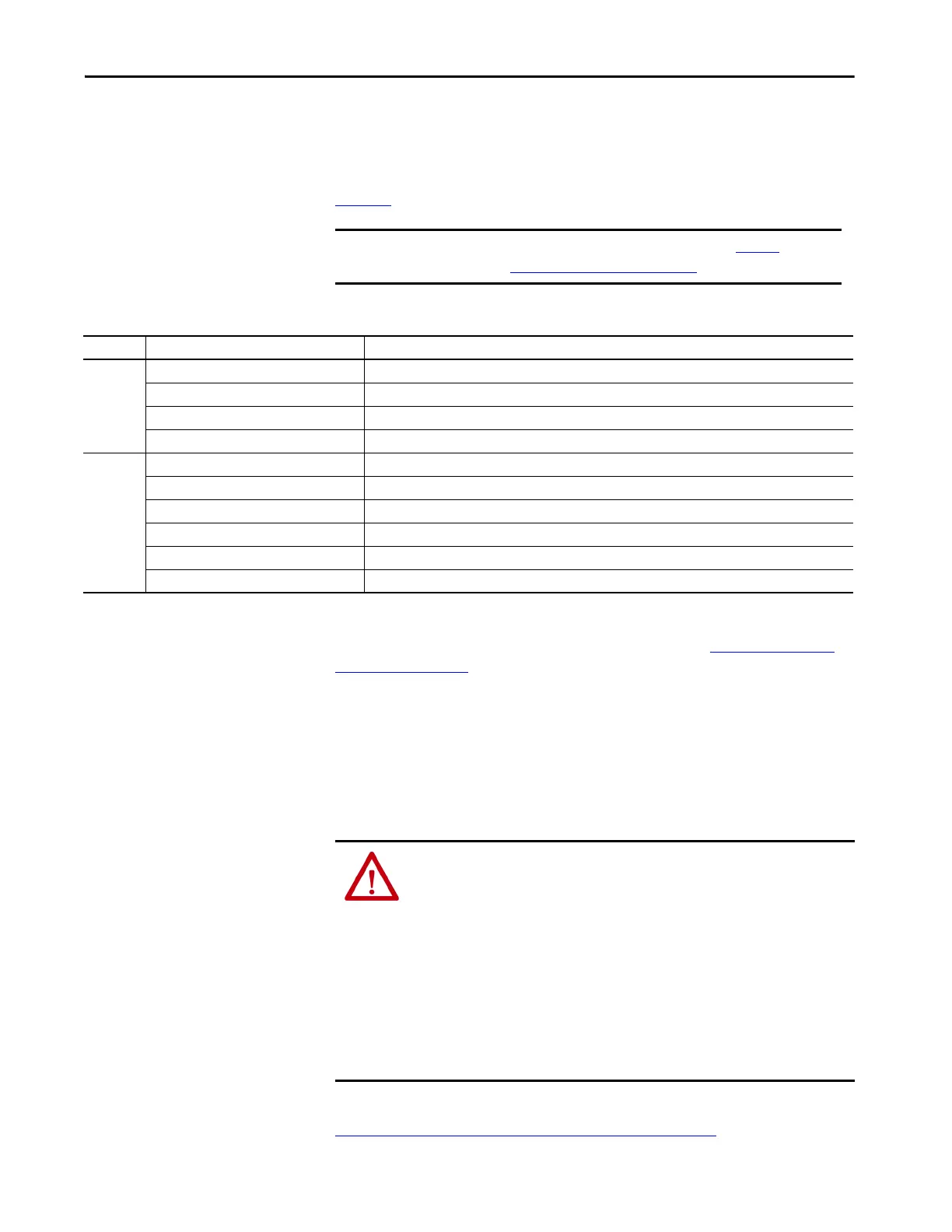